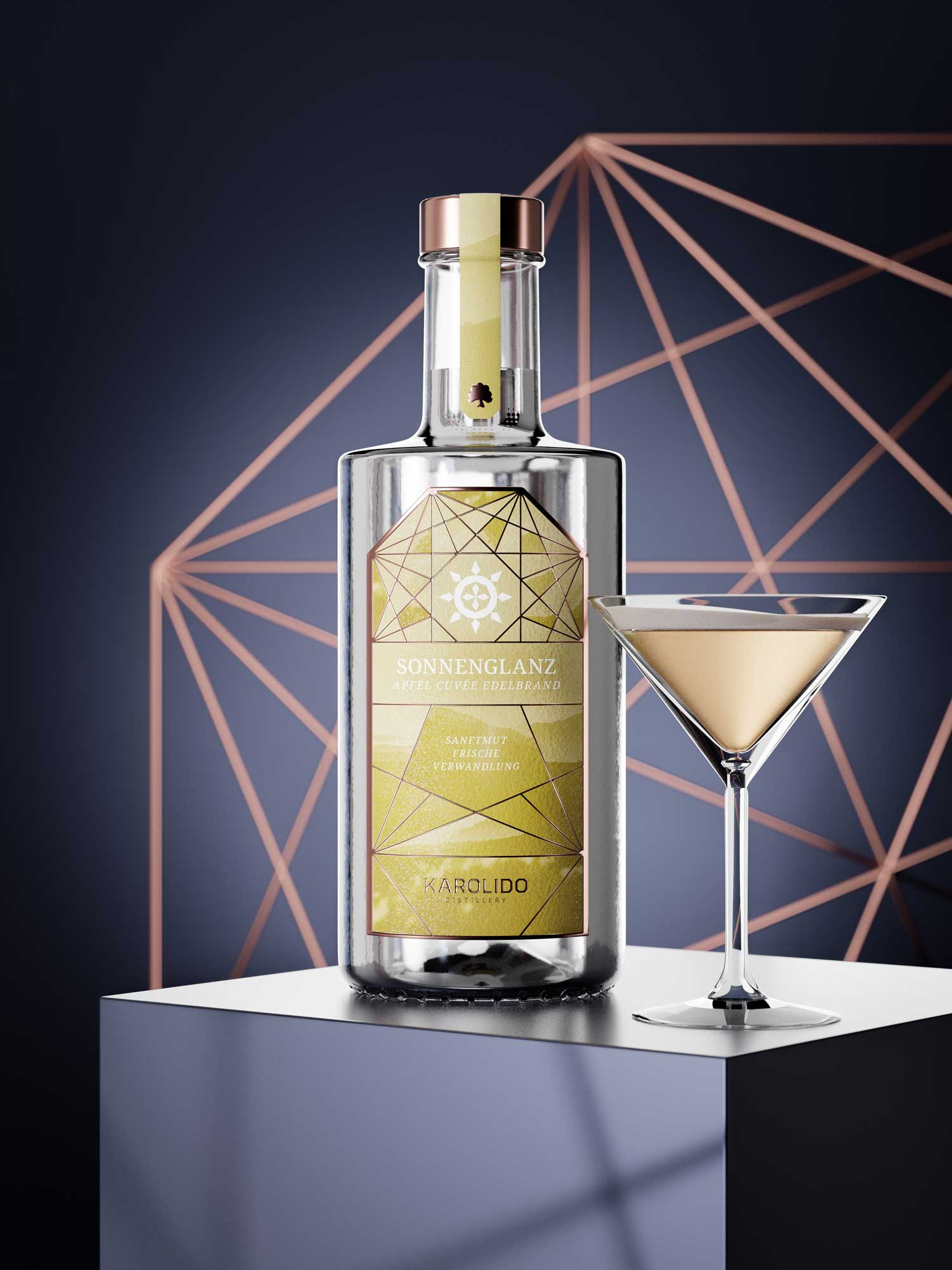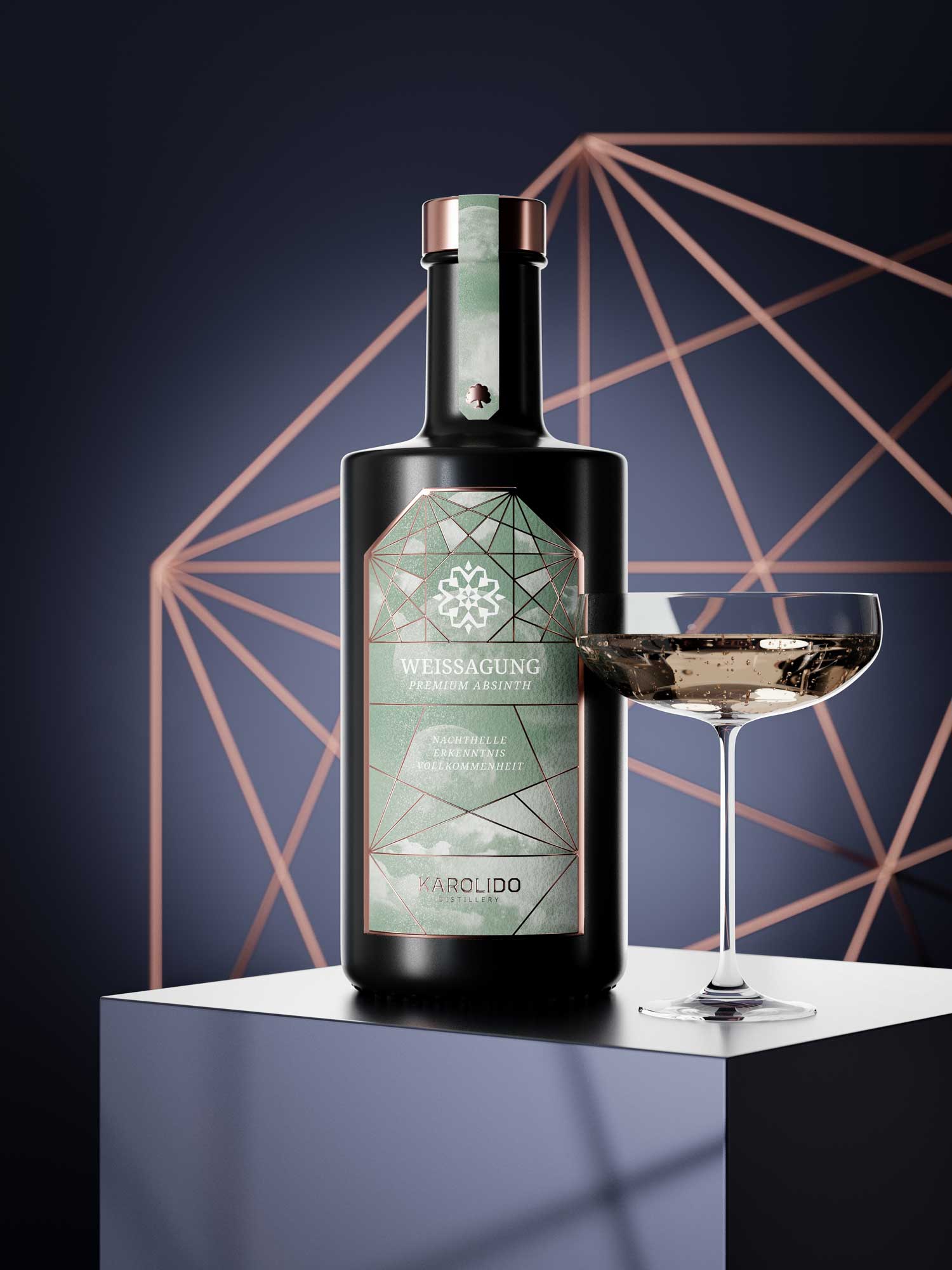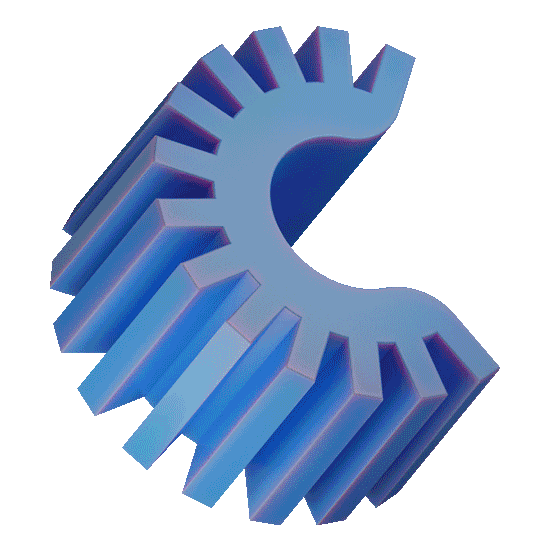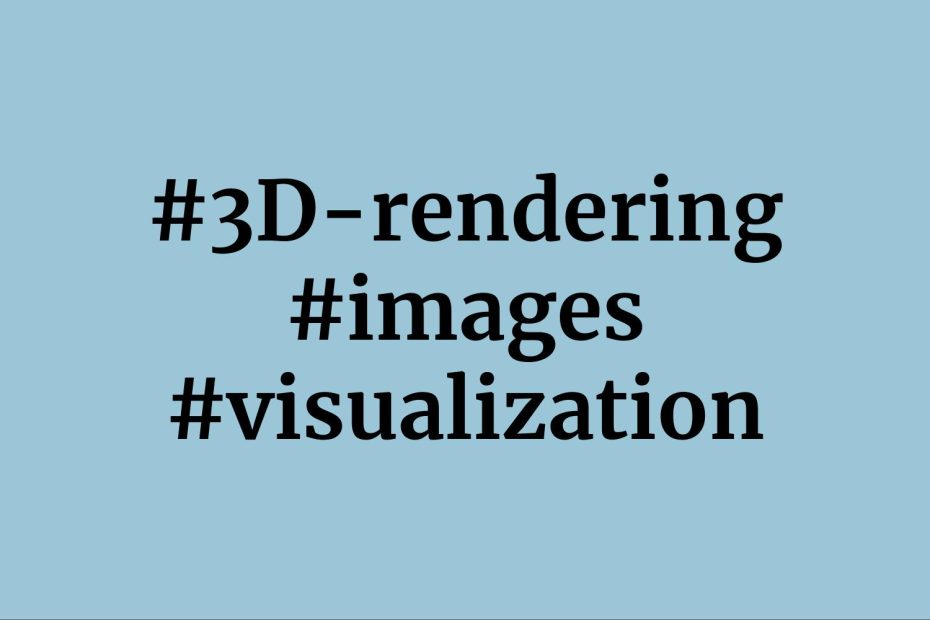


3D product shots I created for Karolido Distillery
Speaking from my own experience
Since I had my first 3D-lecture with Thomas Radeke at FH Joanneum in 2014 while doing my bachelors in information design, I was very impressed with the possibilities of creating your own 3D-scenes. Just a few educated clicks (okay maybe also a lot of them) and in front of you appears a photorealistic product shot or a cozy interior scene, perfect to market and sell your products. I had the pleasure to create these shots for some of my clients, which really always turned out to be an amazing experience. It’s the kind of job, where you are able to link something you are really excited and passionate about, to something that also generates income, which is kind of the perfect match for me really. But also in my freetime i like to create my own 3D-scenes, where i go from a rough idea in my head of what I wanna do directly into the program. These attempts mostly spit out some more surreal and abstract scenes, which are not likely to sell to clients as much as the recreations of our real world, but they always teach me something new and really excite me.




More abstract 3D scenes i created in my freetime. If you want to see more, check out my instagram, where I regularly post new renderings!
Advantages of 3D visualizations
But it’s not only me who is in love with 3D right now. Many companies use 3D-renderings these days, and for all the good reasons:
- Enhanced Communication: 3D visualization allows complex ideas and concepts to be communicated in a visually appealing and easy-to-understand manner. It enables stakeholders to visualize and comprehend complex designs, products, or concepts that may be difficult to grasp through 2D representations, such as blueprints or technical drawings. This helps in better communication among team members, clients, and stakeholders, leading to more effective decision-making and fewer misunderstandings.
- Design Iteration and Flexibility: 3D visualization provides the ability to quickly and easily iterate on designs. Changes can be made in real-time, allowing for rapid prototyping and design modifications. This flexibility helps in refining designs, identifying potential issues or improvements, and making changes before moving forward with physical production, which can save time and resources.
- Cost-effective: 3D visualization can be more cost-effective compared to traditional methods of creating physical prototypes or mock-ups. It eliminates the need for physical materials, tools, and resources, which can be expensive, especially for large-scale projects. Additionally, changes and modifications can be made digitally without incurring additional costs for physical modifications.
- Time-saving: 3D visualization can significantly reduce the time required for design and development processes. It enables faster design iterations, visualization of multiple design options, and quicker decision-making, resulting in reduced project timelines. It also allows for faster approval processes and marketing efforts, as realistic and immersive 3D visualizations can be used for presentations, marketing materials, and virtual tours without the need for physical samples or prototypes.
- Realism and Visualization Accuracy: 3D visualization can produce highly realistic and accurate visual representations of objects, spaces, or scenes. It allows for precise modeling, texturing, lighting, and rendering, resulting in visualizations that closely resemble the final product or environment. This can be particularly beneficial for architectural visualization, product design, and interior design, where realistic representations can help in understanding scale, aesthetics, and functionality.
- Virtual Exploration and Simulation: 3D visualization enables virtual exploration and simulation of objects, spaces, or environments. This can be used for virtual tours, virtual reality experiences, or interactive simulations for training, education, or marketing purposes. It provides a unique and immersive experience for users to interact with the virtual environment, which can be valuable for various industries such as architecture, real estate, gaming, and training simulations.

Our content-strategy-explained.com key visual
The next steps
Now the beautiful thing about already created 3D-scenes is, you can take them even a step further by making them experienceable in VR. For example, in the 3D software I use, called blender, there is an easy toggle to switch and voila, without much additional effort, I made a decoration scene i created for my job accessible in virtual reality. This really boosts the WOW-factor, which can be crucial for a sales process, where you just want your design and your ideas to stand out from the competition, giving you a cutting edge.
And by the way, the blender 3D software I use is completely free, so why not download it now and start playing around?
